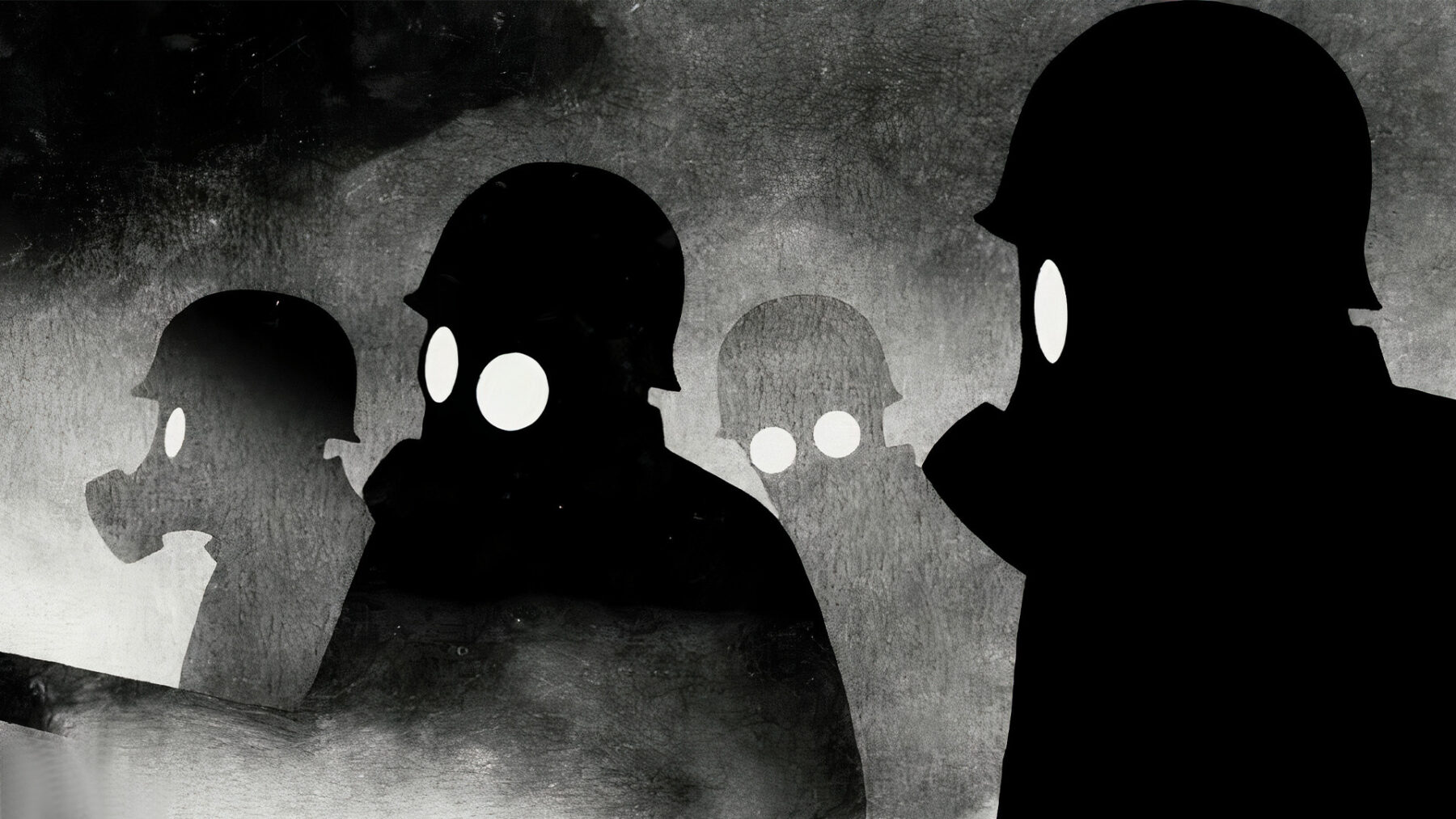


We all know that poverty can increase crime, but let’s take a closer look at this connection.
Economic inequality, as defined by Osberg, refers to disparities in the distribution of wealth between individuals within a given society (Osberg, 2015). This social malice can be more destructive to societies than simply putting a wide range of working people at a disadvantage or leaving their children uneducated and underfed. There are various studies indicating the undeniable correlation between inequality and crime, but they all concur on the fact that economic inequality distances individuals from societal institutions and values, which in turn prompts them to oppose these structures, often through criminal activities.
Courson and Nettle introduced a phrase in their study, aptly describing the situation. They believe there is a “critical level of resources below which individuals experience significant harm.” It is called the “desperation threshold.” Their findings show that when people approach this threshold, they resort to exploitation and crime as the most viable means to improve their situation, especially if they find the social or economic solutions ineffective. Somehow they decide to take control and responsibility for improving their lives through unlawful behaviors. The result? Societies where a larger segment of the population hovers near this desperation threshold experience higher crime rates, leading to a reduction or, worse, the erosion of social trust.
What do the numbers say about this?
Years ago, Nobel Prize winner Gary Becker claimed that all crime is economic and all criminals are rational. As he puts it, criminals assess the cost-benefit outcome of their criminal acts: whether breaking the law is worth being caught. He also found that wherever the gap between the rich and the poor is wider, crime rates are higher.
Supporting this theory is Gallup’s 2018 survey, which asked 148,000 people in 142 countries about how safe they feel in specific contexts and revealed insightful findings. In Venezuela, the 19th most unequal in the study, about four-fifths of respondents didn’t feel safe walking home alone in fear of prevalent kidnapping or extortion cases in the country. On the other hand, in Norway, the 12th most equal country among the 142 countries, 95% of people felt safe walking home alone.
One survey conducted by the BBC exploring the connection between poverty and crime highlighted that, according to the Scottish government statistics, in 2021-22, 31% of the people arriving in prison were from the 10% most deprived areas in Scotland. The prisoners identified unemployment and financial difficulties as the leading factors contributing to their criminal acts. Also, Kelly (2000) found a strong relationship between inequality and violent crime. The study shows that a 1% increase in inequality correlates with more than a 0.5% rise in violent crime rates. This finding is another piece of evidence that disparities in economic status can lead to social tension, violence, and crime.
Another study, “Income Inequality, Trust, and Homicide in 33 Countries” by Frank J. Elgar and Nicole Aitken, examines the relationships between income inequality, interpersonal trust, and homicide rates across 33 nations. The researchers studied data from 48,641 adults and analyzed income distribution and its effect on the level of trust and incidences of homicide. The results showed that inequality weakens social trust, leading to antisocial crime and threatening the social cohesion necessary for maintaining safe communities.
The Cost of an Unfair Economy
Numerous other studies have examined the link between income inequality and crime, with many showing that relative income inequality significantly influences criminal activity. Kelly (2000) discovered that income disparity greatly exacerbates robbery, assault, and overall violent crime. Similarly, Fajnzylber et al. (2002) found a strong association between income inequality and both robbery and homicide. Nilsson‘s more recent study (2004) also highlighted a significant connection between income inequality and overall crime, including robbery. There is also research conducted by Equality Trust in the UK, which found that: “Small permanent decreases in inequality — such as reducing inequality from the level found in Spain to that in Canada — would reduce homicides by 20% and lead to a 23% long-term reduction in robberies.”
All the above studies highlight and emphasize what we all know well: Humans cannot tolerate unfairness. They rebel against it, and the outcome of this rebellion serves no one’s interest, whether rich or poor. The rich must share the burden as well. Economic prosperity is far more achievable in a safe and unified society.
"*" indicates required fields
References:
1. De Courson, B., Nettle, D. Why do inequality and deprivation produce high crime and low trust?. Sci Rep 11, 1937 (2021).
https://doi.org/10.1038/s41598-020-80897-8
2. Frank J. Elgar, Nicole Aitken, Income inequality, trust and homicide in 33 countries, European Journal of Public Health, Volume 21, Issue 2, April 2011, Pages 241–246,
https://doi.org/10.1093/eurpub/ckq068
3. Equality Trust. (n.d.). Inequality and crime. The Equality Trust.
https://www.equalitytrust.org.uk/crime
4. Gallup. (2018). The stark relationship between income inequality and crime. The Economist.
https://www.economist.com/graphic-detail/2018/06/07/the-stark-relationship-between-income-inequality-and-crime?utm_source=chatgpt.com
5. Kelly, M. (2000). Inequality and violent crime: The impact of economic inequality on crime rates. Journal of Economic Behavior and Organization, 43(4), 61-72.
https://www.sciencedirect.com/science/article/abs/pii/S0165176508001110
6. ongmook Choe, Income inequality and crime in the United States, Economics Letters, Volume 101, Issue 1, 2008, Pages 31-33, ISSN 0165-1765,
https://www.sciencedirect.com/science/article/pii/S0165176508001110
7. Nilsson, J. (2004). Income inequality and crime: A review of empirical studies. Social Science Research, 43(1), 19-32.
https://www.sciencedirect.com/science/article/abs/pii/S0047235223000363
8. Scottish Prison Service. Scottish Prisoner Survey: Factors contributing to criminal behavior. BBC Bitesize.
https://www.bbc.co.uk/bitesize/guides/z87w97h/revision/3
9. Tearing the nation apart: Americans fail to understand crime connected to inequality. (2022). Milwaukee Independent.
http://www.milwaukeeindependent.com/featured/tearing-nation-apart-americans-fail-understand-crime-connected-inequality/